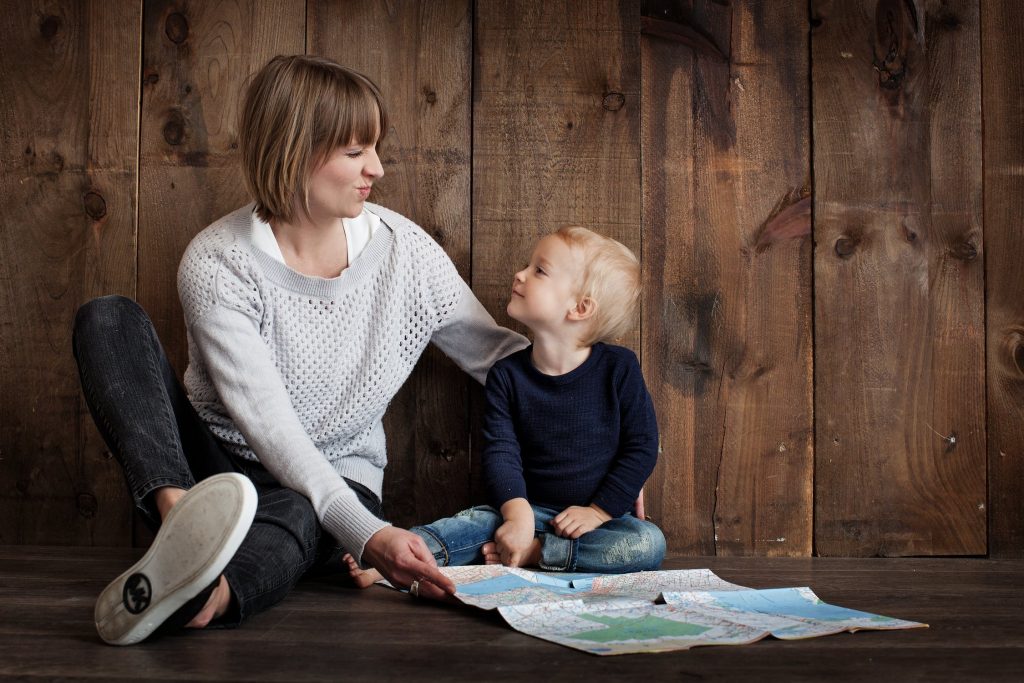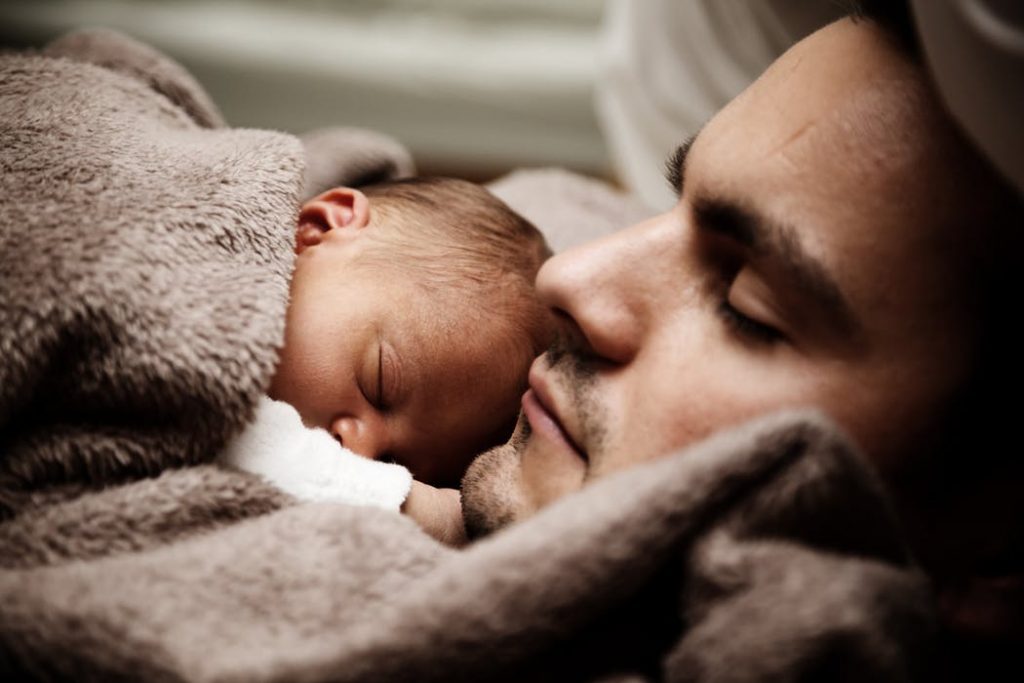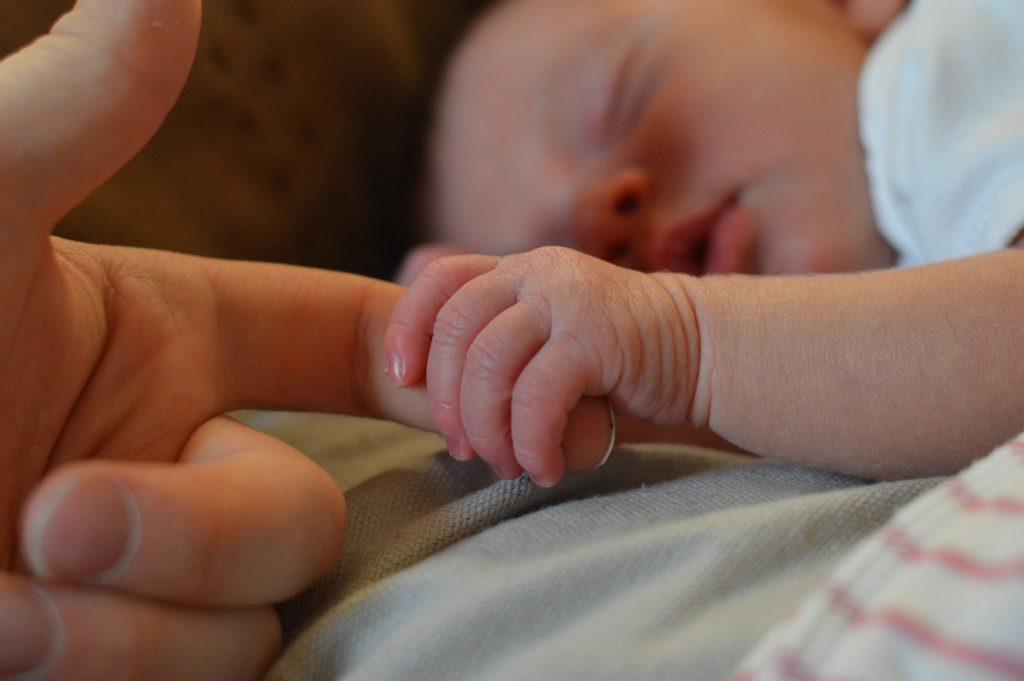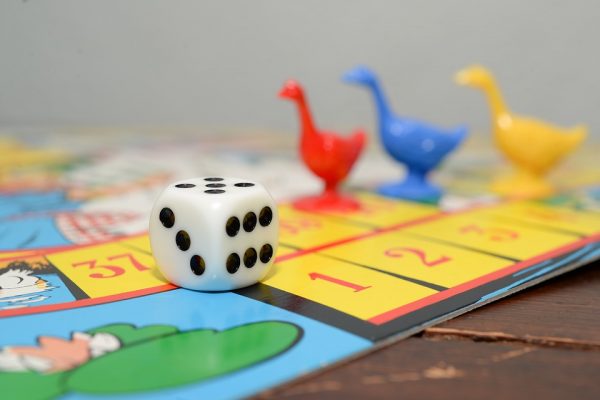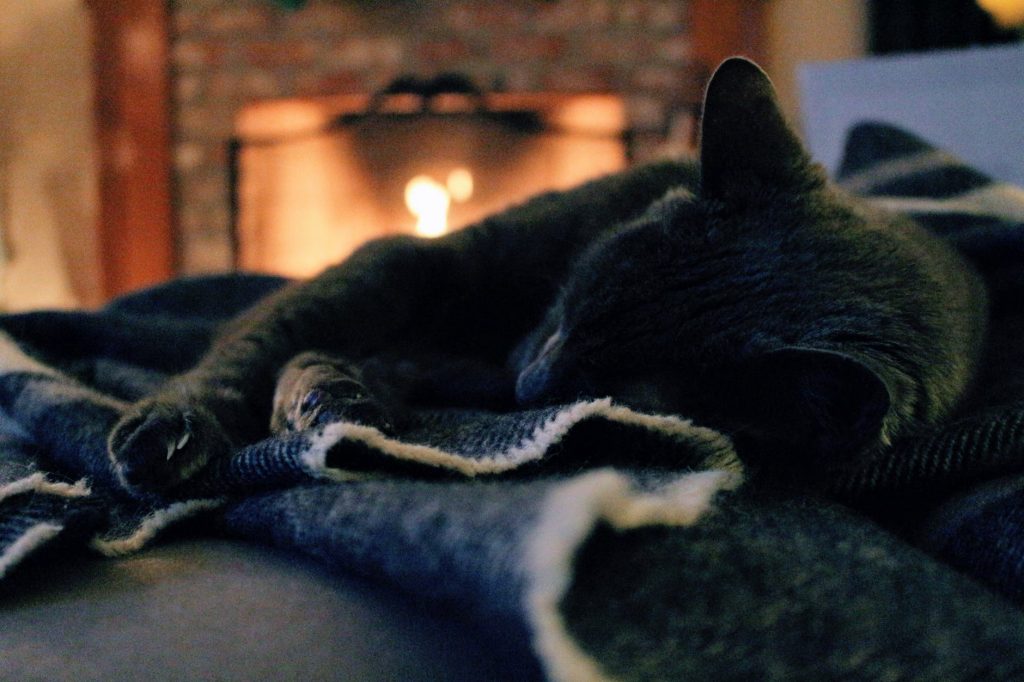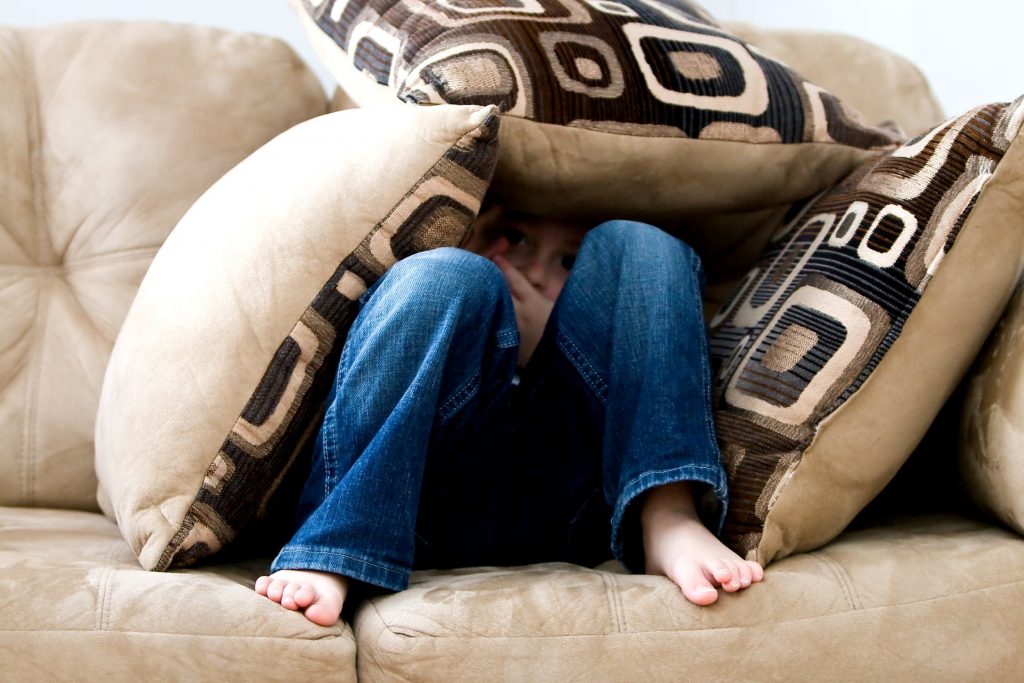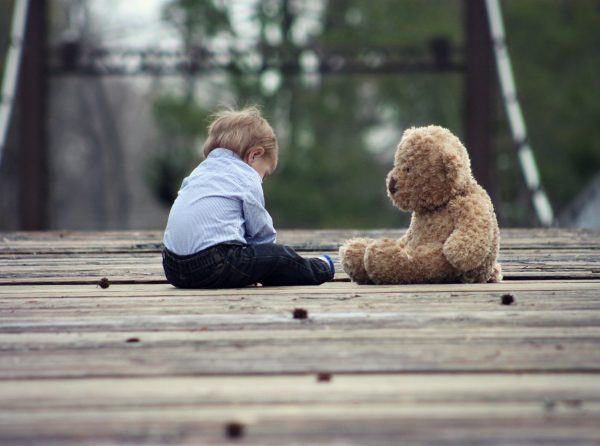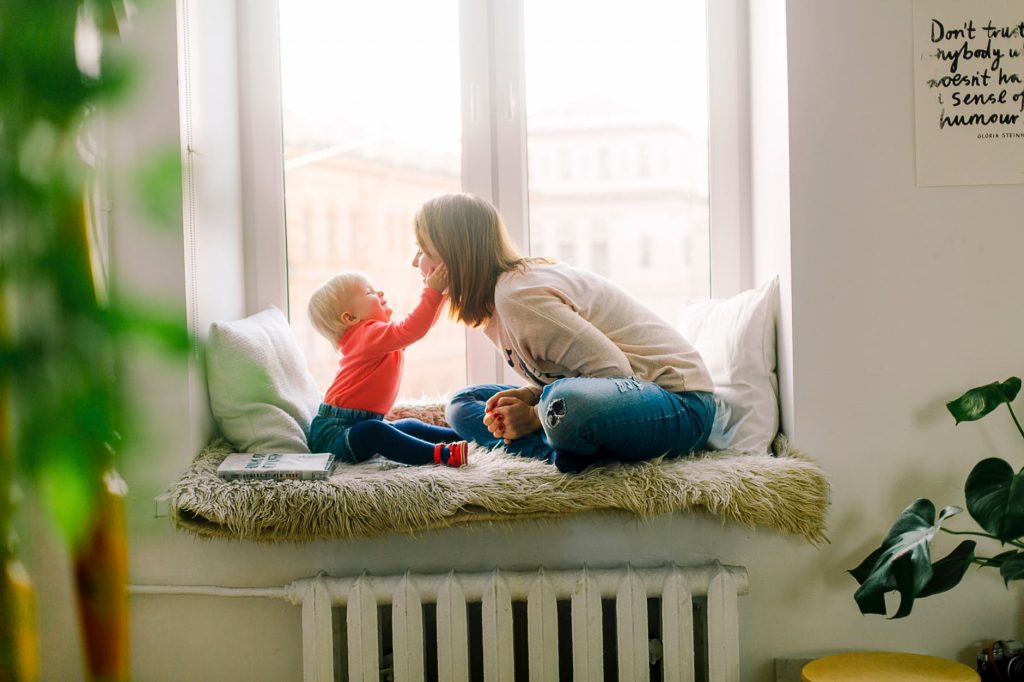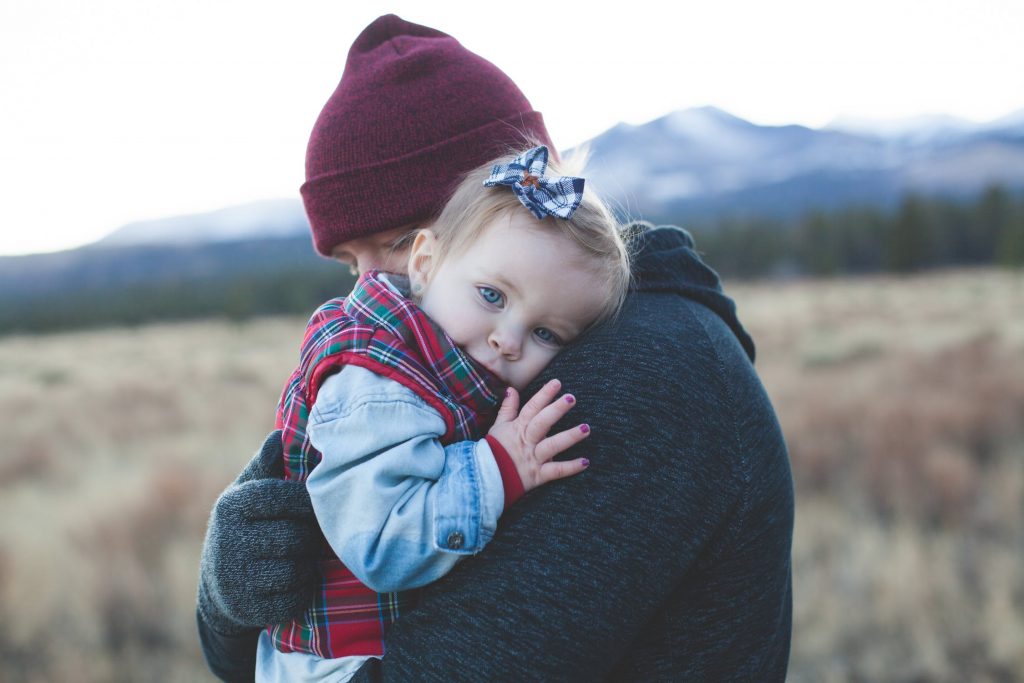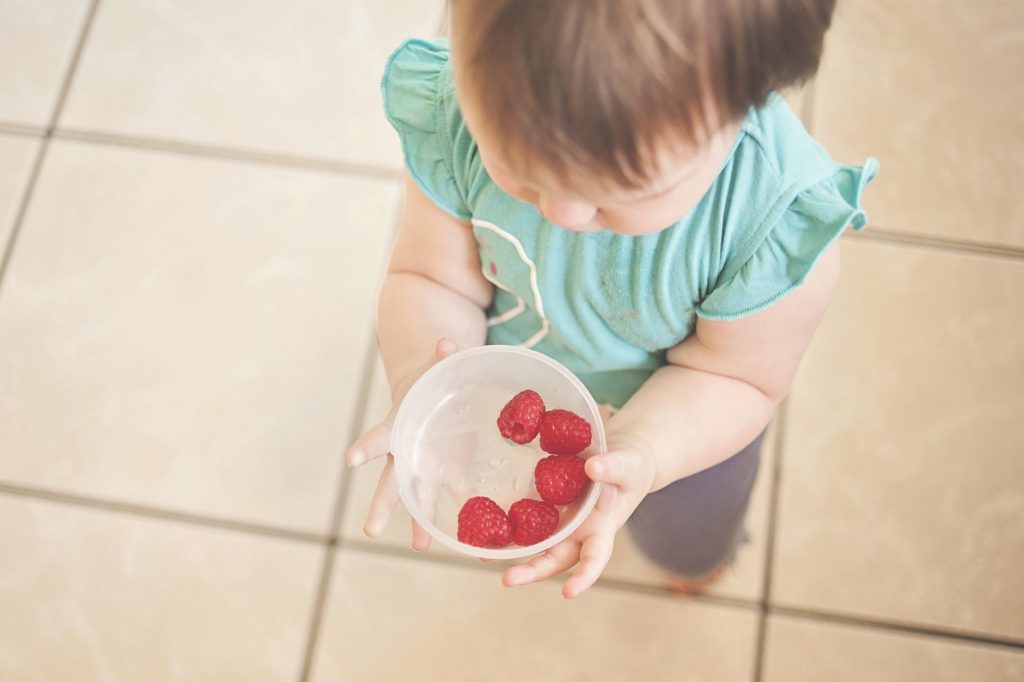It’s incredibly hard being a parent. Even when actual parents are telling you how difficult it is before you have your own children, it’s easy to brush this off thinking that it can’t be that bad. Flash forward to a day where everything seems to have gone wrong – work has been stressful, you pick your children up from school and they are miserable, you spend time making dinner that they don’t eat it, and then they are screaming, refusing to go to bed – all of a sudden, you know exactly what those parents were warning you about and you wonder how you’re going to deal with all this chaos.
It’s tough but it is possible. It’s all about building a positive parenting connection with your children.
What is a positive parenting connection?
Put simply, it’s just thinking about things in a different way to make you approach hard days positively and in turn, your children positively. This is important to staying happy in parenthood and also for your children’s happiness too.
For example, on a really bad day as we talked about above, what is your mindset on this day?
Negative – is your mindset, “it’s been a rotten day, the kids were awful. Everything has gone wrong and I can’t wait for this day to end. Why does everything have to be so hard?”
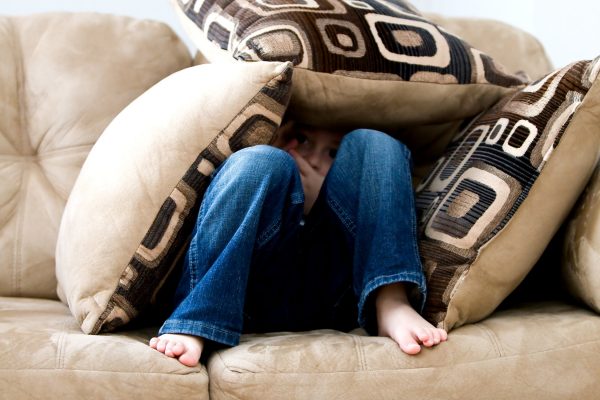
Or is it Positive? – “today was an awful day but that’s okay, it makes us appreciate the good days. Yes, the kids were miserable and didn’t eat their dinner but they are allowed to have bad days too and they were good in school and ate all of their lunch so maybe they just weren’t hungry. Although the day didn’t go as planned, it doesn’t mean the whole day was a write-off. Maybe things weren’t so bad after all.”
It might sound silly, saying that being positive is all you need to get through these hard times without pulling your hair out, but you’ll be surprised. Turning things into a positive makes you acknowledge the good and transfer this gratefulness onto your children. It also makes you happier thinking about the positives and your children too.
Wouldn’t you rather end the day with a family story than just putting everyone to bed?
How you view your child during hard times matters
So, thinking positively and noting the things that you are grateful for may help you stay positive and sane, but what about your children? How do they get through these hard days? Here is why it’s important to transfer this positive mindset onto your children and how to do it to build a positive parenting connection with them.
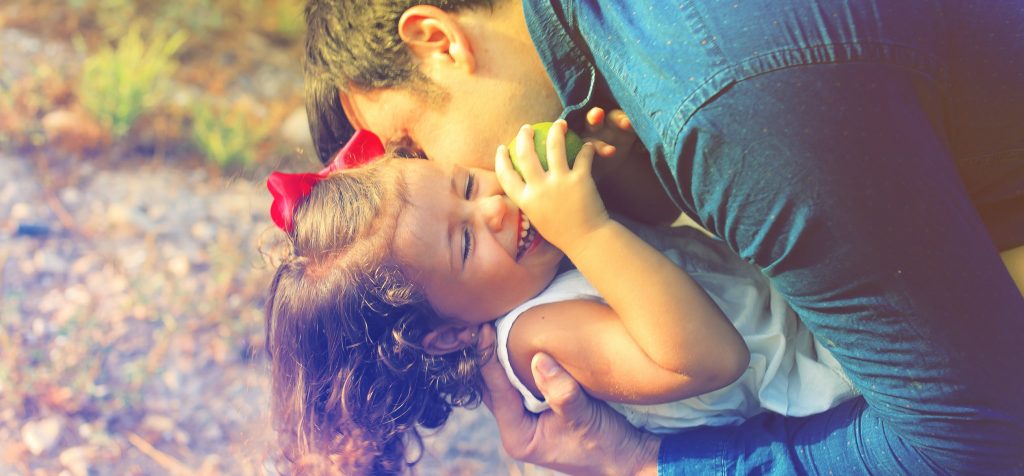
Don’t think of your child as HARD or DIFFICULT
Almost every parent has been guiltily when it comes to thinking of one of your children as hard. Some of us may even communicate our frustrations to other parents, sometimes within earshot of our children. Without realising it, we are creating a negative mindset both for ourselves (it will affect the way you see them, treat them, and respond to them) and for our child (this way of thinking turns into a label of how they see themselves).
Labelling your child makes them limit themselves, so encourage a ‘Growth Mindset.’ Read more about why this is essential and how to do it in our blog here.
RESPOND to your child, don’t REACT
If you think of your child or their behaviour in a negative way, you are much more likely to react to them in a negative way (such as snapping at their tone or shouting at them when you’re the one who is frustrated). This is why you need to have a positive mindset, it allows you to respond to them instead of reacting. It allows you to take a step back and emphasise with them, allowing you to think “why are they acting this way? Are they acting from a place of pain or sadness or fear?” By thinking of their behaviour in this way, you may choose to respond differently like talking to them about how they are feeling. You might find that your child is anxious or worried about something else and that’s making them act out rather than their behaviour just being ‘the way that they are.’
Foster empathy and kindness in your household
We are not saying that thinking in a positive way every day is easy, but it will make everyone in your household happier for it. More importantly, this way of thinking will allow you to look at the core of your children’s behaviour and respond to them from a place of kindness.
Think of ‘reacting’ as a roadblock to your parenting-child connection. When you don’t assign a label to your children and you think positively, this allows you to take a deep breath and sit back in difficult situations so that you can work through this roadblock and grow closer to your children.

At Schoolhouse Daycare, we enjoy learning, encouraging confidence and we love life! If you think your child would enjoy life at Schoolhouse, then please do not hesitate to arrange a visit.



